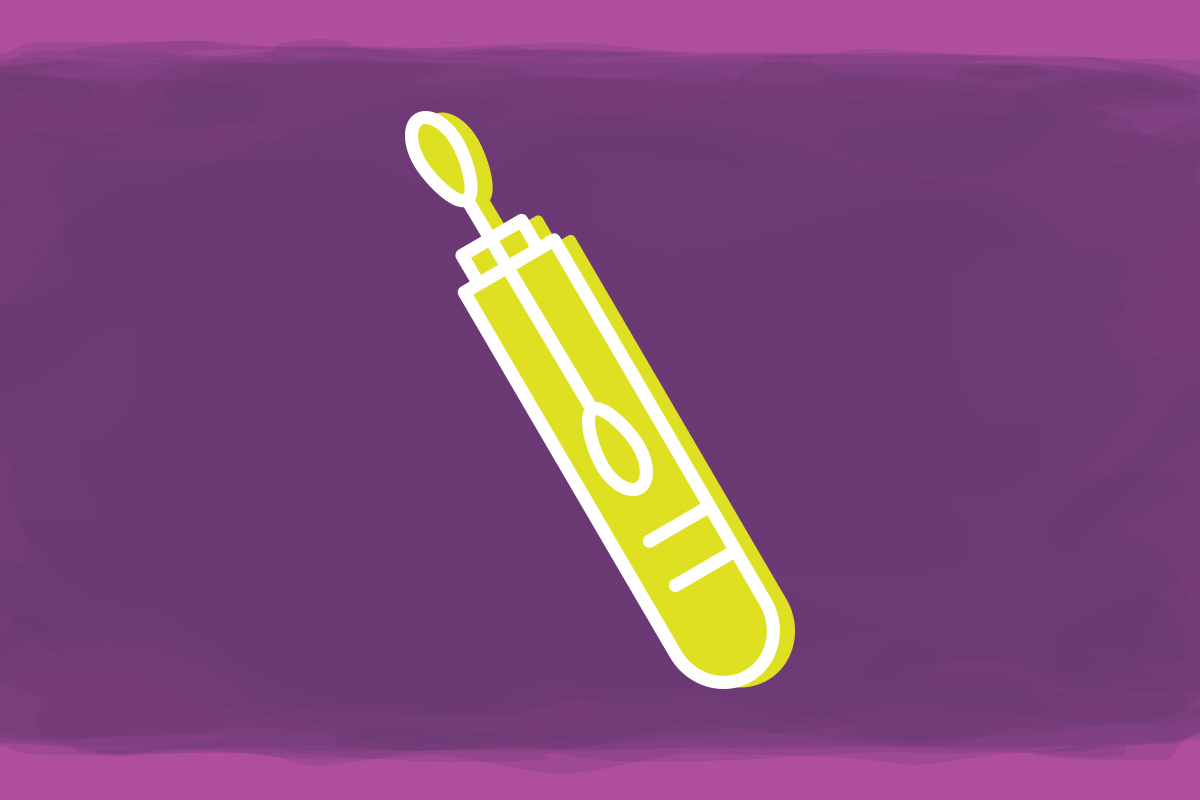Stay up to date on where you can get tested in Connecticut, types of tests, and what to do when you receive your results.
Facts and Information on COVID-19 Variants
The virus that causes COVID-19 is constantly mutating and changing, which leads to new variants of the virus, including those that are classified as variants of concern. Variants of concern may spread more easily and quickly than other variants, which could lead to more COVID-19 cases. There are currently several variants of concern around the world, including here in the United States. To learn more about COVID-19 variants, please visit the CDC website.
First detected in the United States in December 2020
First detected in the United States at the end of January 2021
First detected in the United States in January 2021
Two variants were first identified in California in February 2021
First detected in the United States in March 2021
Detected in most states and territories in December 2021
COVID-19 Services For Those Without Insurance
If you do not have health insurance and are in need of COVID-19 testing, treatment or vaccination, the Health Resources and Services Administration (HRSA) has you covered.
Who can get services?
- Anyone without health insurance, no matter their immigration status
- A social security number and/or government ID may be requested, but is NOT required
- If they request this information, it is only to confirm you do not have insurance
- Accessing services will NOT affect your immigration status and will NOT be shared with immigration agencies
What is free?
- Testing, treatment, and vaccines for COVID-19
- If you receive a bill related to COVID-19 testing, treatment, or vaccination, ask your provider to bill the HRSA COVID-19 Uninsured Program instead of you directly
- If you’ve already paid for COVID-19 testing, treatment, or vaccination and receive a bill, you may be owed a refund; speak to the person or facility who sent the bill for a payment cancellation or refund
- If they still do not cancel the bill or issue a refund, contact the HHS Office of Inspector General Hotline at 1-800-HHS-TIPS (1-800-447-8477) or visit https://TIPS.HHS.gov to file a complaint
How is it free?
A federal Uninsured Program covers COVID-19 services to anyone without insurance.
For more information:
Signage
Poster: Stop the Spread of Germs
External Signage for DMHAS Facilities, STOP! Do not enter this facility if you…, March 16, 2020
Additional Printable Resources from the CDC

